Two decades of the late American photographer’s work reflect on her passion for the performance of everyday spaces, and the ambiguity of human interference
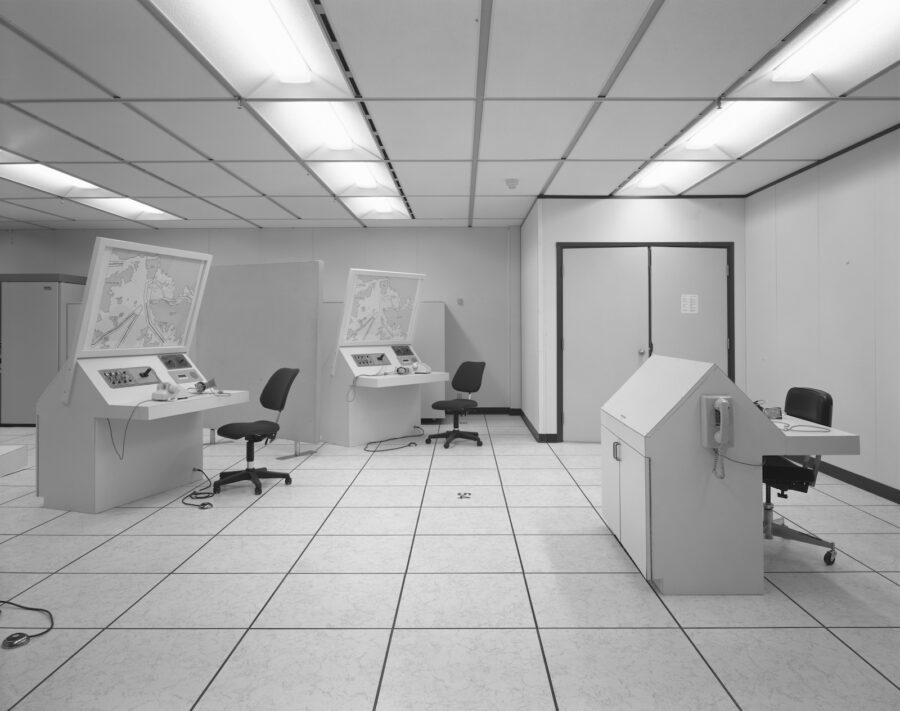

Two decades of the late American photographer’s work reflect on her passion for the performance of everyday spaces, and the ambiguity of human interference
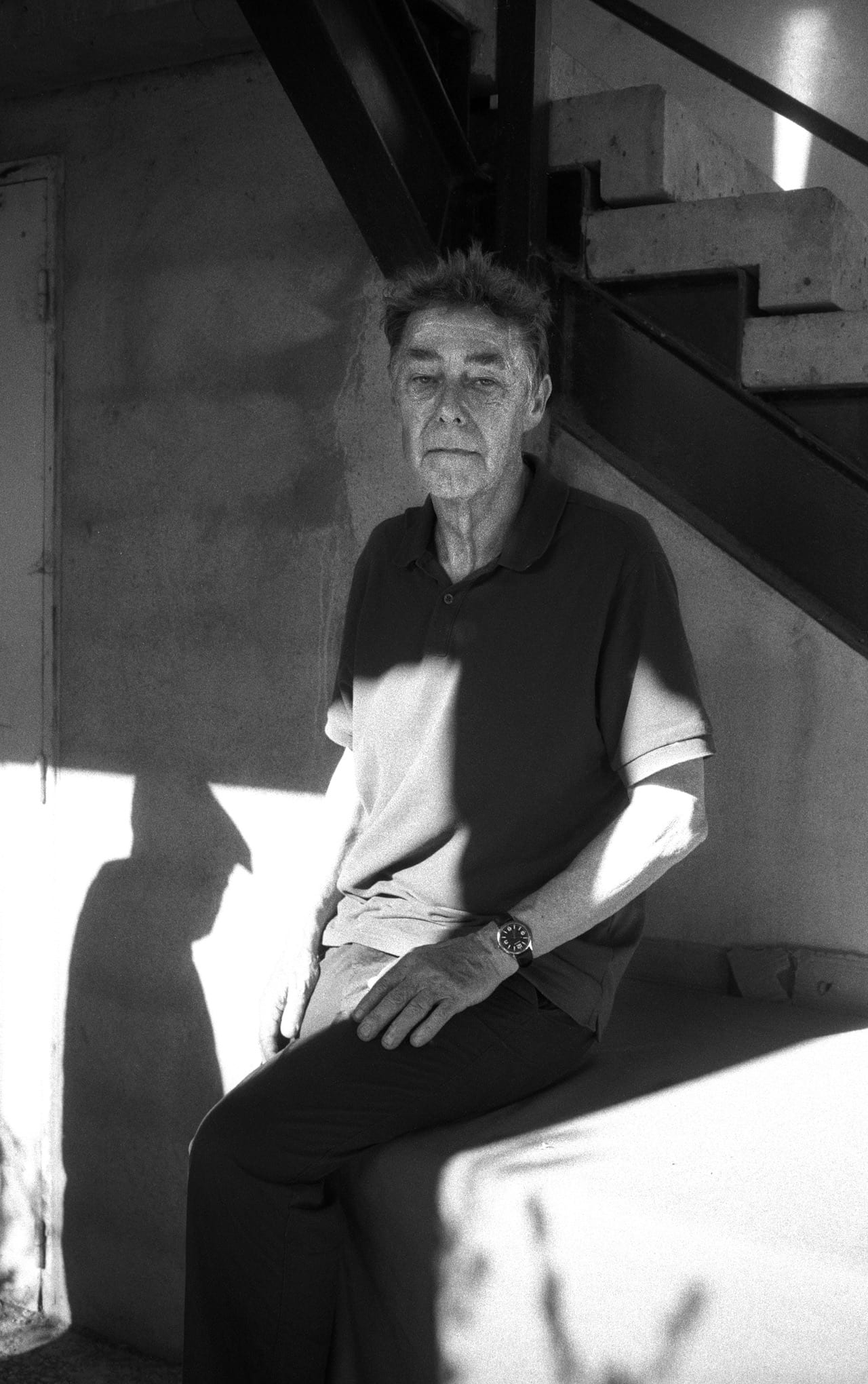
An architect for more than 40 years, Badger took up photography while studying in the mid 1960s, going on to exhibit at major institutions in Britain and the US. But he is best known as a writer, critic and bibliophile, contributing dozens of essays on the medium, and editing key texts such as The Photobook: A History
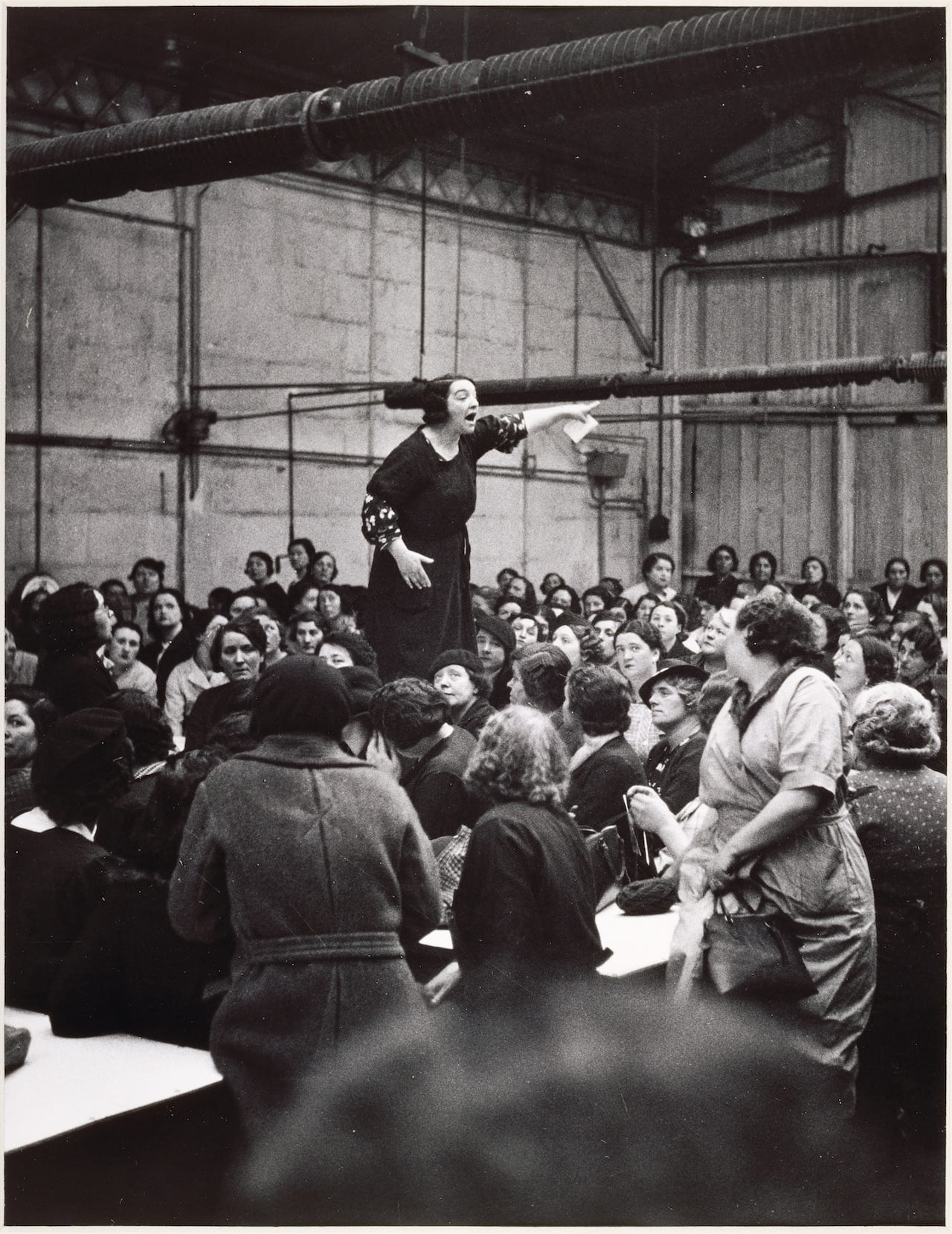
From 07 November to 04 February, the Centre Pompidou in Paris is showing a striking exhibition on a little-known aspect of the roots of 20th century social documentary photography, Photographie, arme de classe [which roughly translates as ‘Photography as a weapon in the class struggle’]. Curated by Damarice Amao, Florian Ebner and Christian Joschke, the show deals with a comparatively unknown period in French photo history, from the end of the 1920s to the arrival of the Front populaire government of 1936 – when the socialist, communist and radical parties formed a short-lived coalition to govern France, with the tacit backing of the Soviet Union.
Photographer and activist Henri Tracol (1909-1997) was the first to formulate the idea that photography could be an “arme de classe”, in the tract he wrote for the photographer’s section of the Association des Écrivains et Artistes Revolutionnaires [‘Association of Revolutionary Writers and Artists’ aka the AEAR], formed in 1932. Although this communist front, Moscow-sponsored organisation only lasted a few years, it attracted many of the leading figures of the day from art, theatre, literature, architecture, and particularly photography. Those who joined were either fellow travellers or politically attached to communism, seeing it as a bastion against the twin evils of the time – fascism and capitalism.
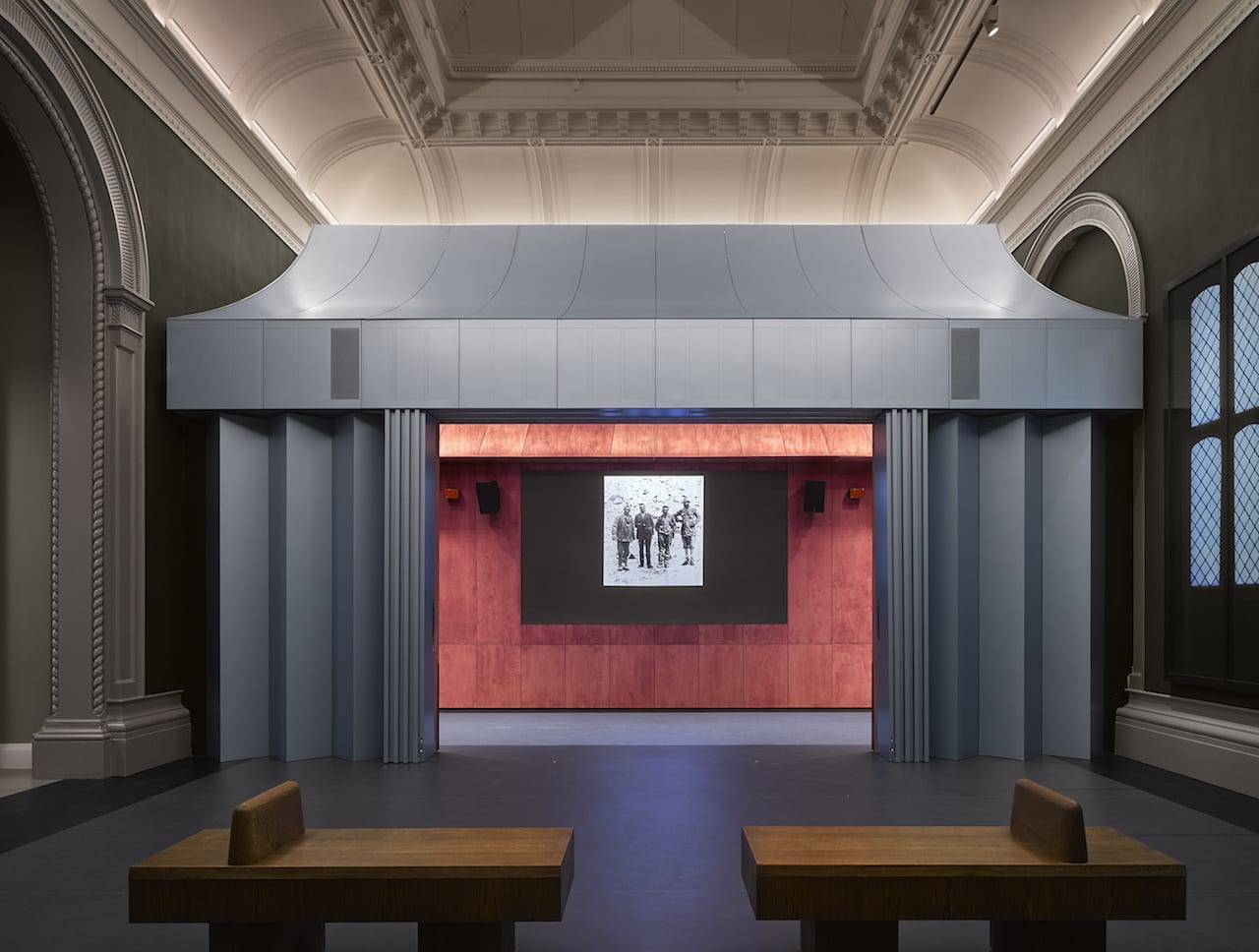
“The new Photography Centre brings to life some of the V&A’s most beautiful original picture galleries and provides a permanent home for one of the finest and most inspiring collections of photography in the world,” says Martin Barnes, senior curator of photographs at the V&A. “The spaces and facilities allow visitors to access, explore and enjoy photography in its many forms.
“The Photography Centre encompasses more than a new gallery space. Beyond its walls lies an associated programme of research, digitisation, learning activities, publications, exhibitions, access to items in stores, and collaborations with other UK and international partners. Photography is one of our most powerful forms of global communication, and I’m thrilled that we can contextualise the past and present of this powerful medium in new and exciting ways.”
It’s an important development for photography in the UK and it opens on Friday – the V&A’s new Photography Centre, which more than doubles the museum’s existing photography space.
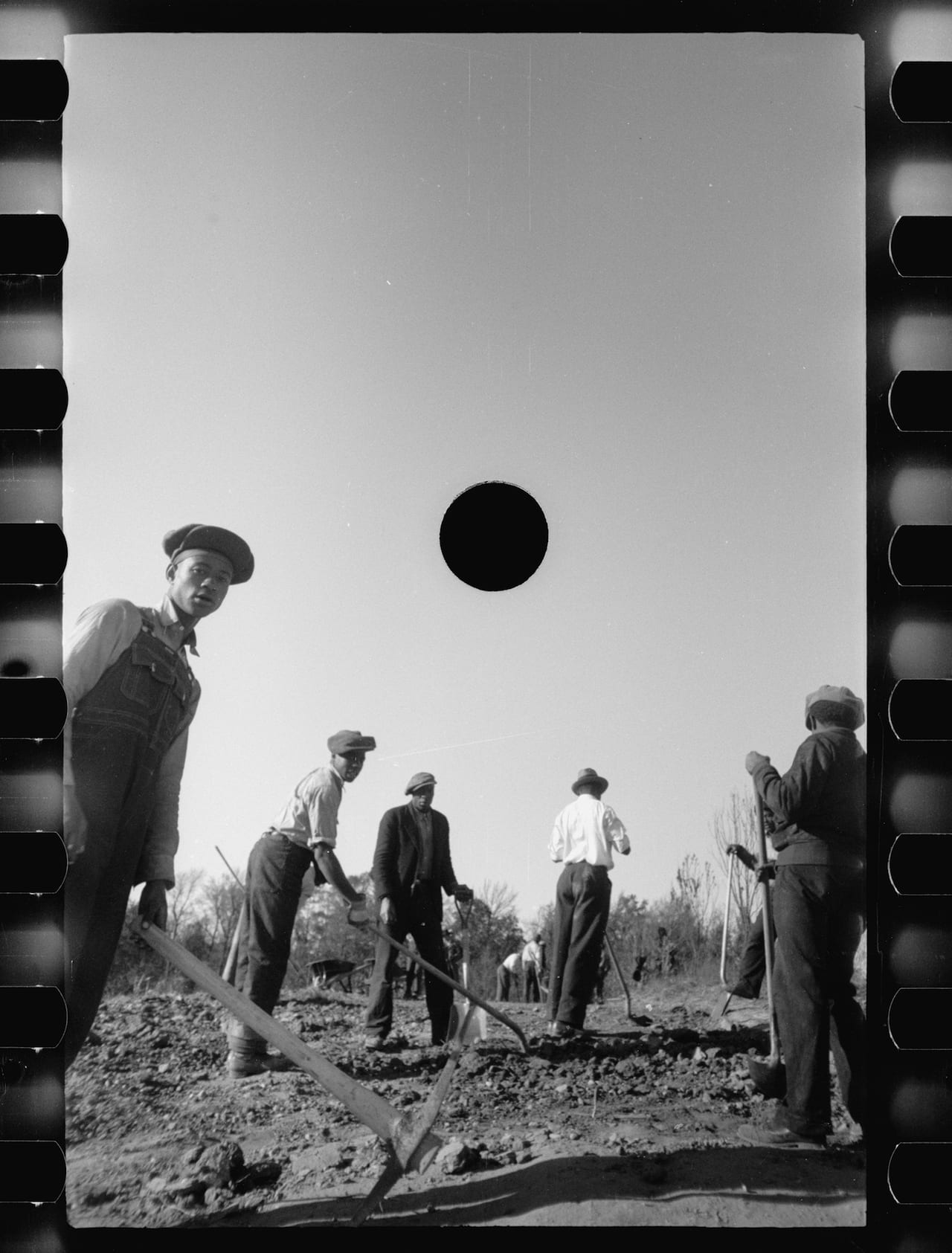
In 1935 Roy E. Stryker, head of the Information division of the Farm Security Administration (FSA), commissioned several photographers – including Walker Evans, Dorothea Lange and Russell Lee – to document America’s farm life and workers. The USA was in the throes of the Great Depression, and the scenes that the image-makers captured, from 1935-1944, created a damning and lasting vision of destitution. Lange’s 1936 portrait of the so-called Migrant Mother became a symbol of the plight of the impoverished itinerant farmers, for example – and, for Stryker, summed up his entire project at the FSA. “She has all the suffering of mankind in her but all of the perseverance too,” he reportedly said. “A restraint and a strange courage. You can see anything you want to in her. She is immortal.” As Stryker’s words suggest, he had a very particular vision of what he wanted to achieve with these photographs. Images that did not fit in with that vision were ruthlessly “killed” – rendered unpublishable by having a hole punched through the negative. Thousands of photographs were defaced in this way, in an act of censorship that has since been described as vandalism.
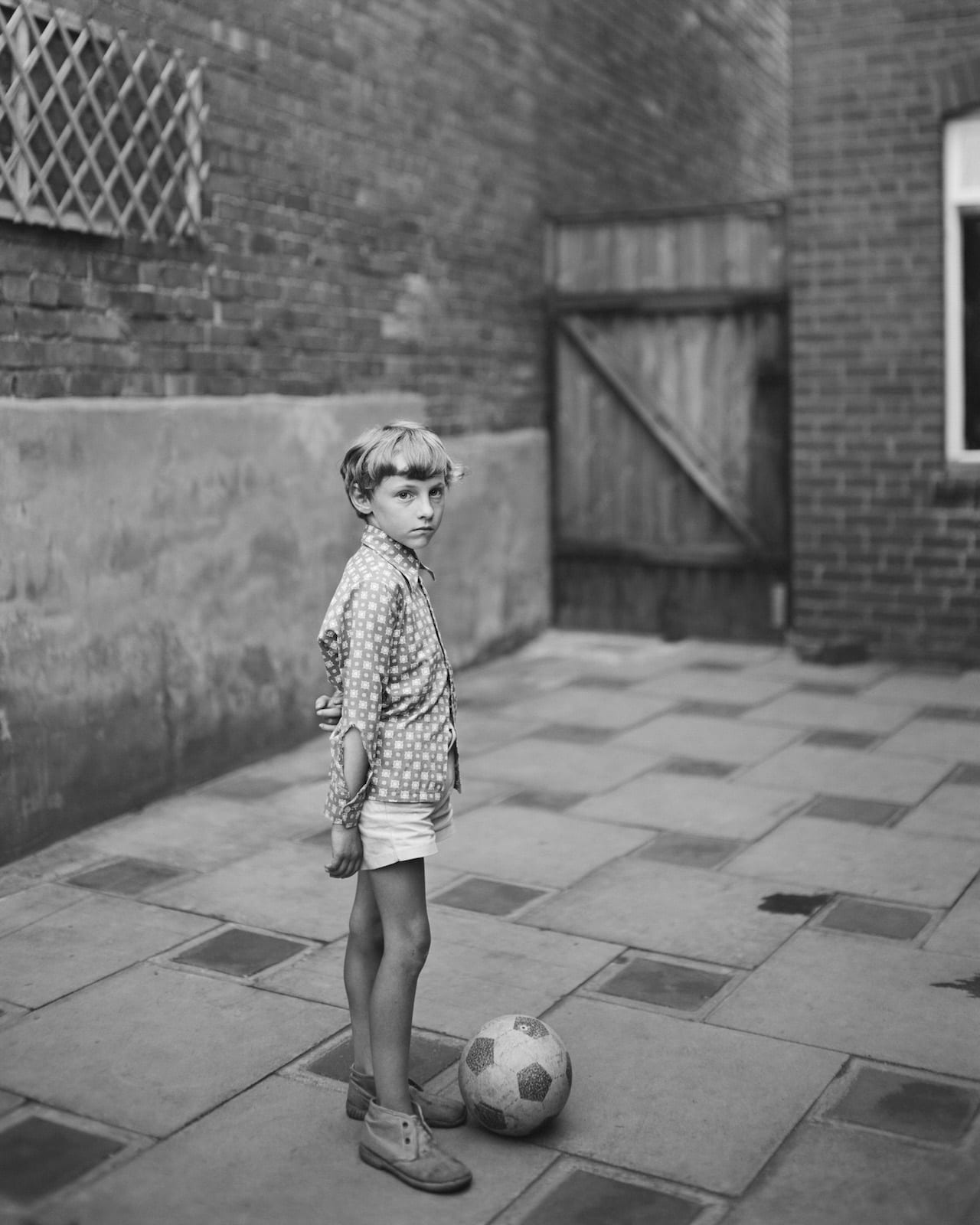
“It was a different time to now, it’s hard to remember just how scarce images were,” says John Myers. “Now you can get things on screen, in the early 1970s there was only a smattering of images available. When I give a talk, I often start by handing out a sheet of paper with a list of interests and influences in 1972-75. The names run across just half a side of A4. There aren’t that many on it, and it includes people I was interested in on the basis of one or two images.” But for Myers, this scarcity was part of the allure. After studying Fine Art with Richard Hamilton, he got into photography in 1972 “because I had never done it”; initially only familiar with Bill Brandt and Henri Cartier-Bresson’s work, as photography rapidly gained recognition in Britain he soon had access to much more. “I was so excited to come across people, when photography suddenly started emerging from the shadows and books were being published,” he says. Myers started shooting with a Mamiya but, finding it “odd” to be looking down at his waist, moved to a 5×4 plate camera and soon found his stride.
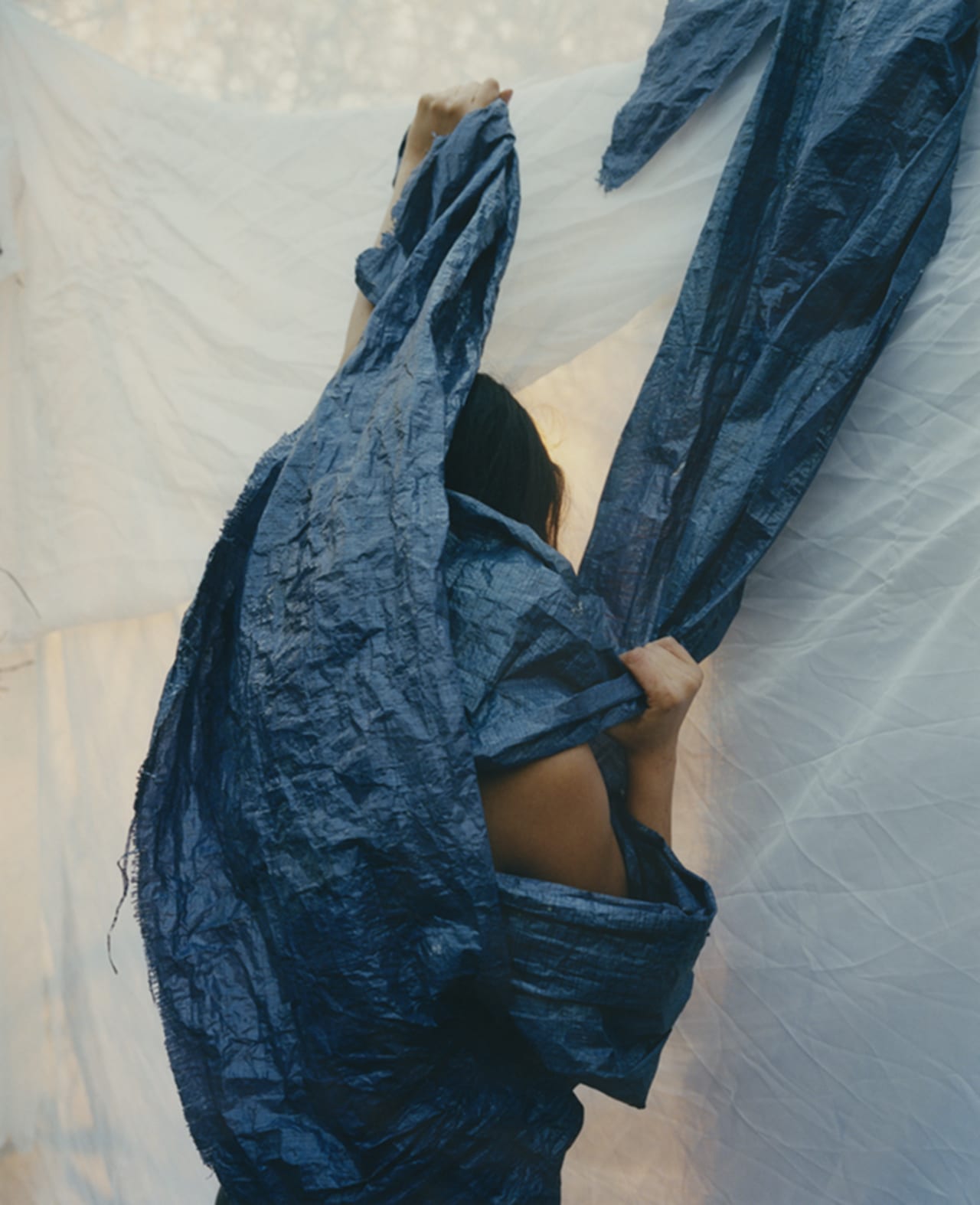
The founding editor of Splash and Grab magazine and photo director at PORT Magazine picks out his top five of the year – including Suzie Howell’s Inside the Spider show
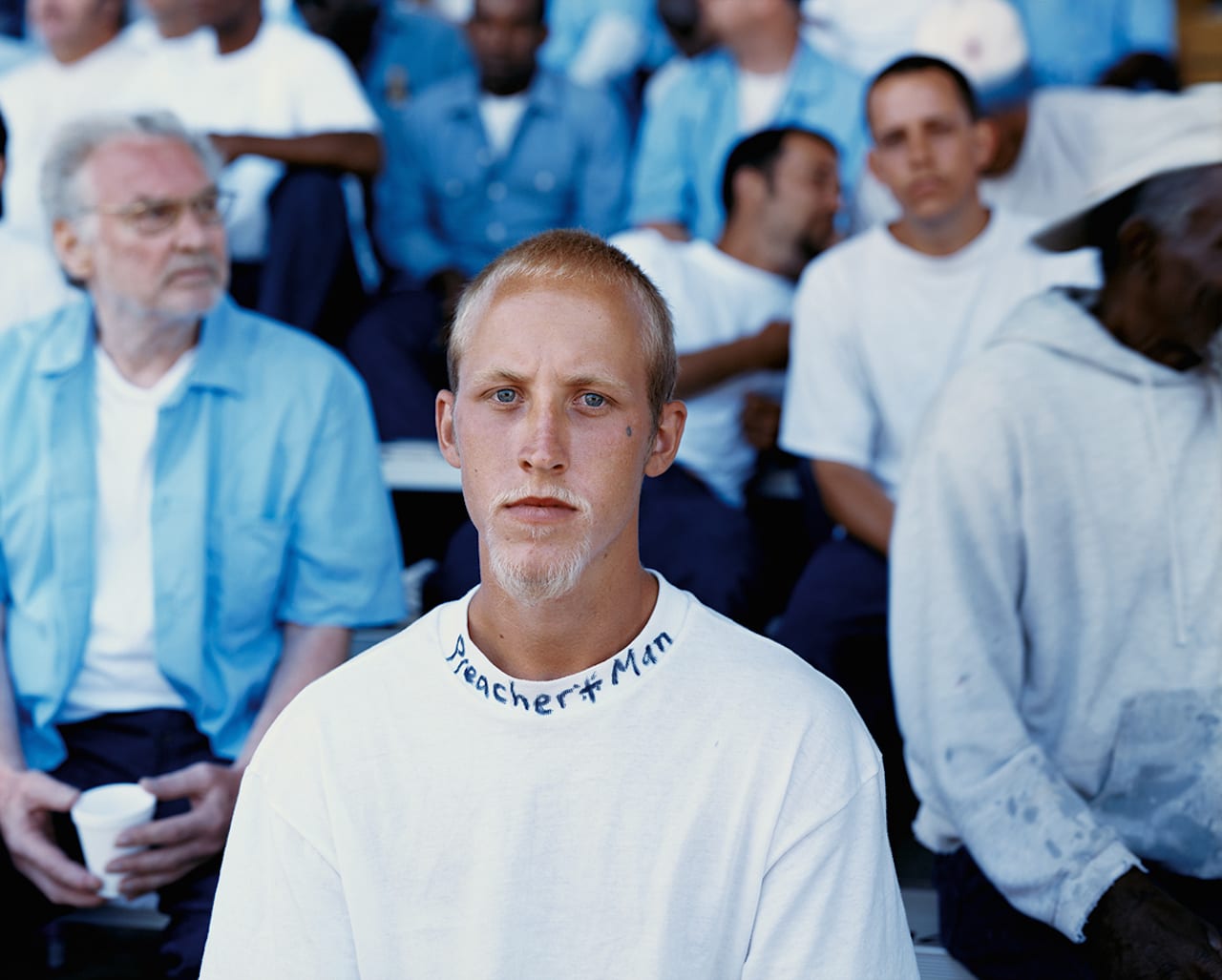
Sleeping by the Mississippi has been ranked with the great representations of the United States, including Walker Evans’ pictures of the depression, Robert Frank’s harsh vision of the 1950s and, more recently, the colour work of Joel Sternfeld. As Alec Soth’s seminal work goes on show in London and is given a handsome reprint by MACK, we revisit an interview with him from back in 2004 – when the series first came out.
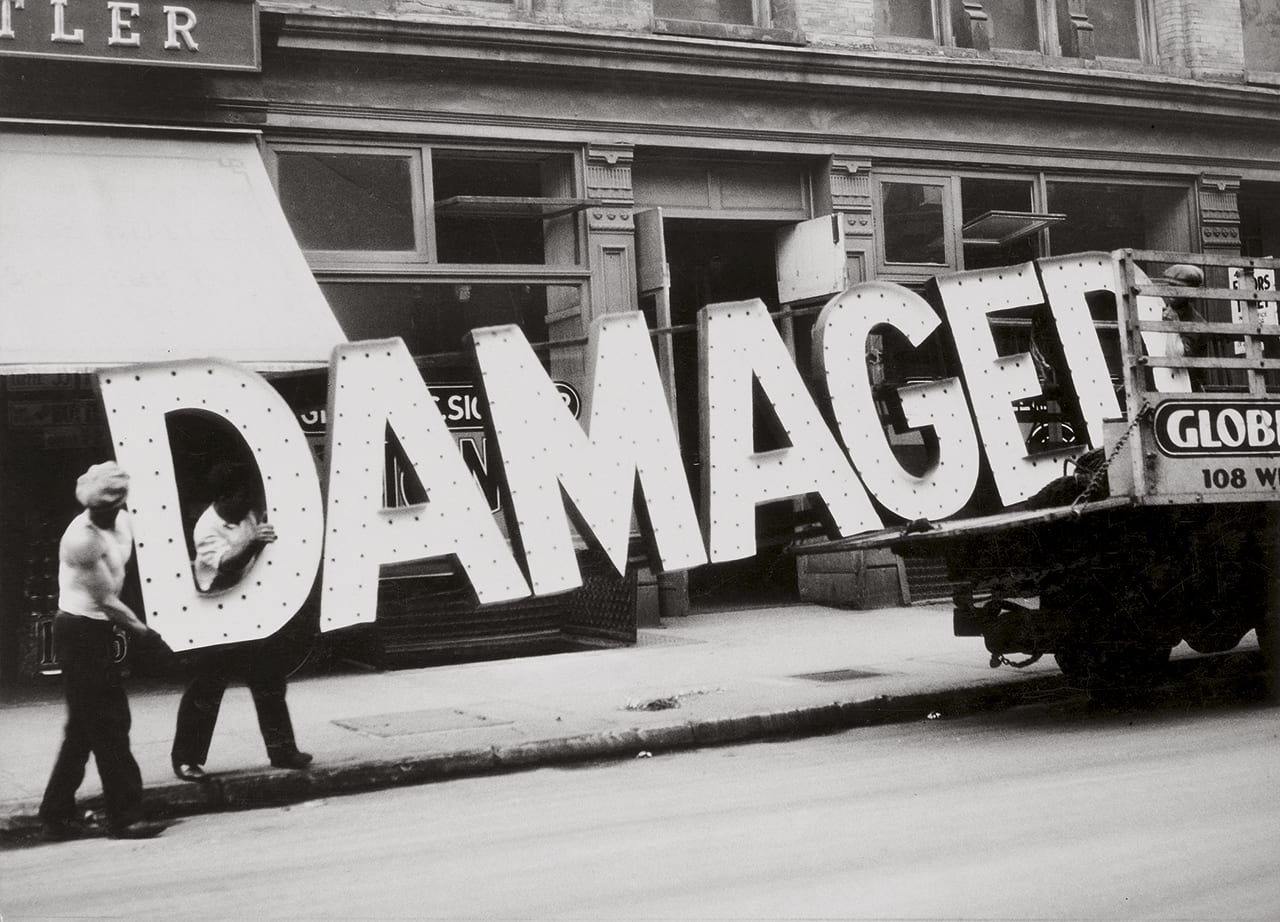
“There are two important things about this show,” says Clément Chéroux, senior curator of photography at SFMOMA. “First, the quantity of work – more than 300 photographs, quite a large selection, because we were able to get support from most of the big institutions – MOMA, the Art Institute of Chicago, the Metropolitan Museum of Art, National Gallery of Canada, the Musée du Quai Branly and so on, and private collections from around the world. Second, is the fact that it is arranged thematically rather than chronologically. Usually when you look at important retrospectives they are chronological, but we organised by theme because we wanted to organise it around Evans’ passion for the vernacular. He was fascinated with vernacular culture.”